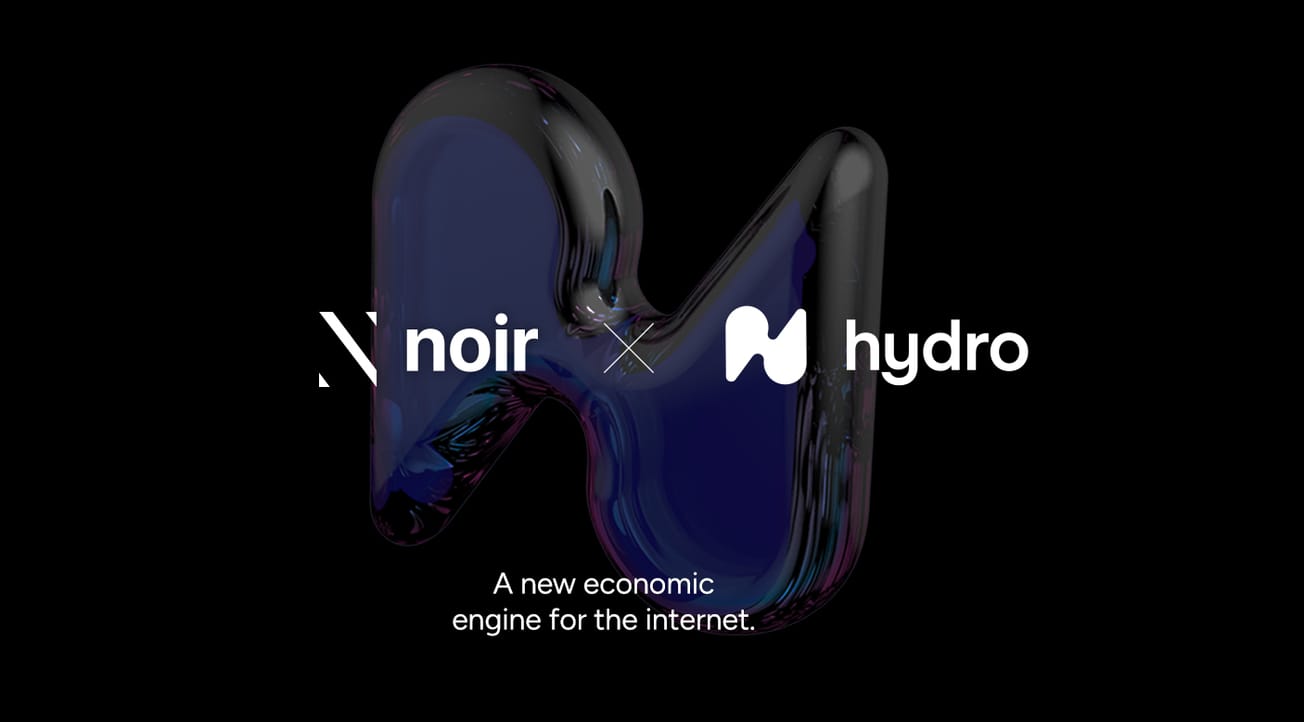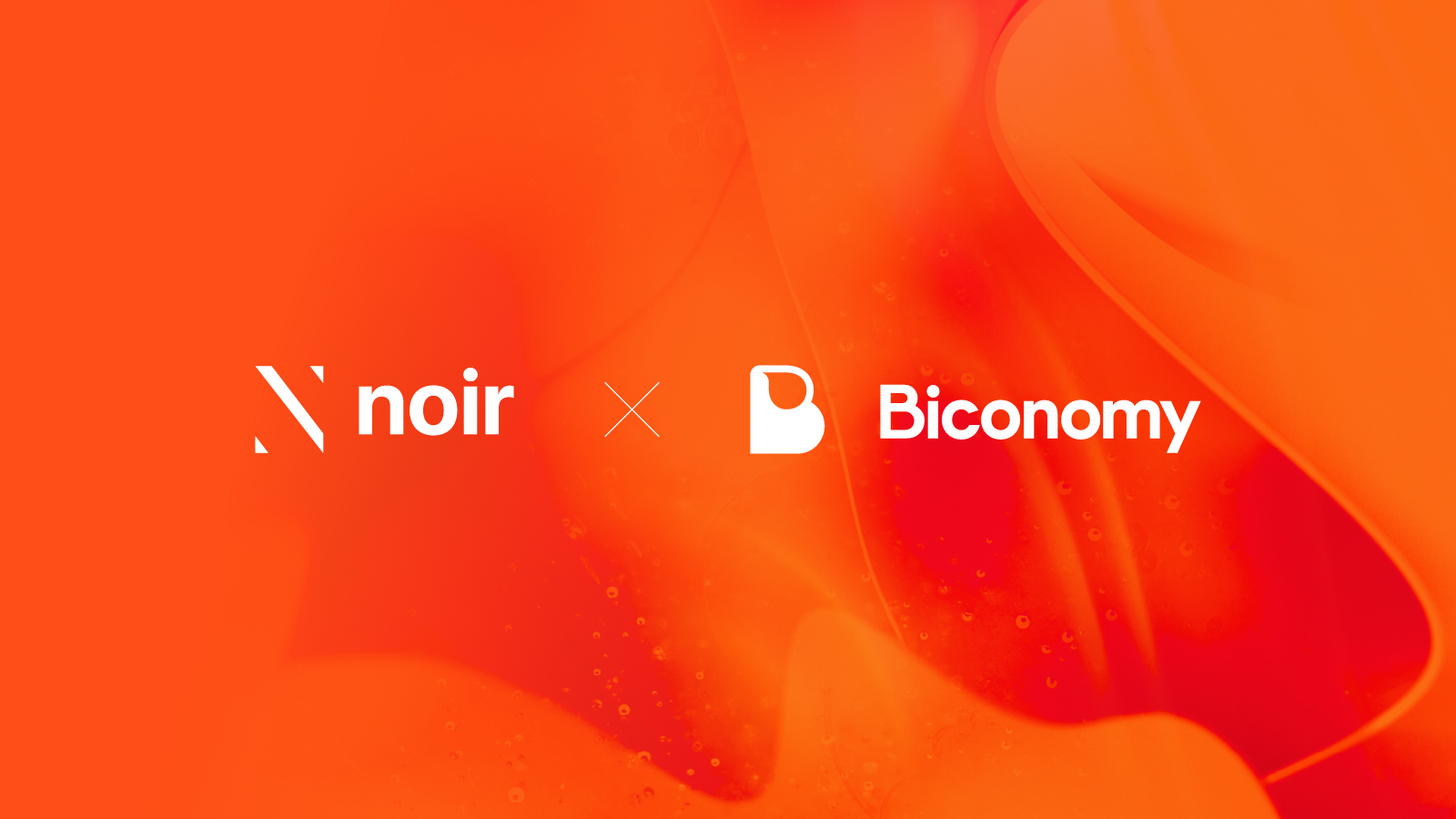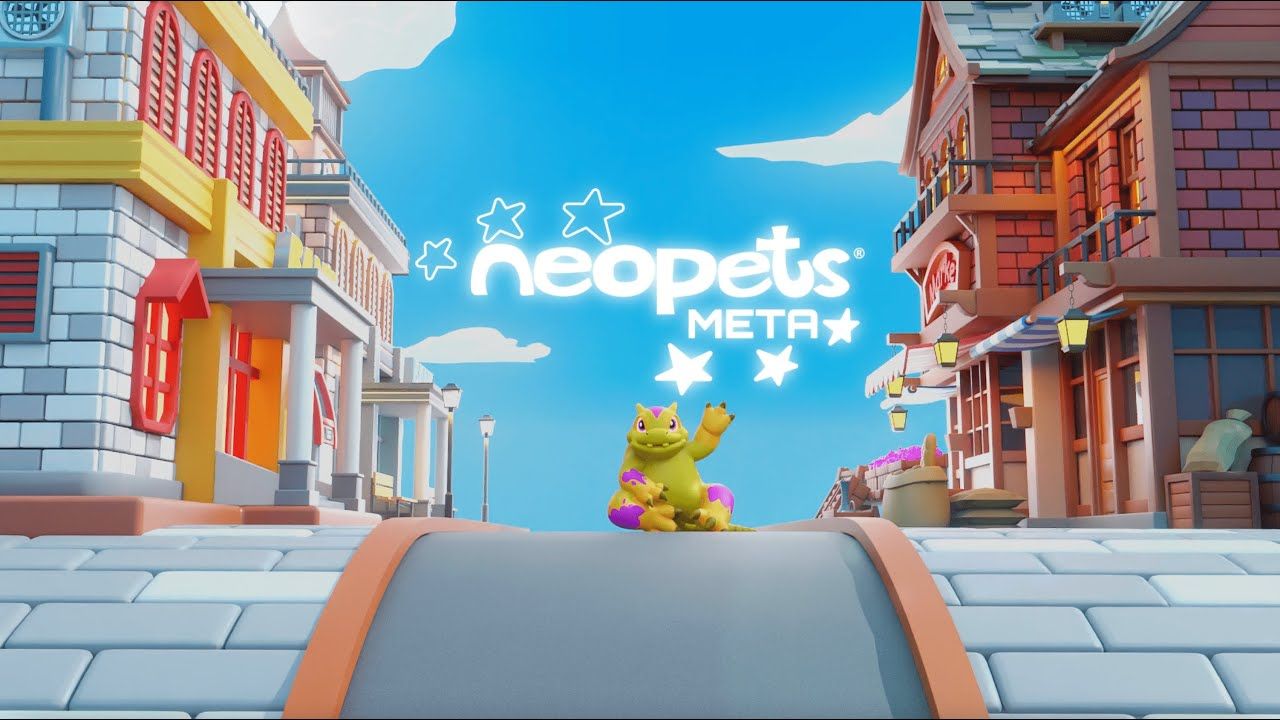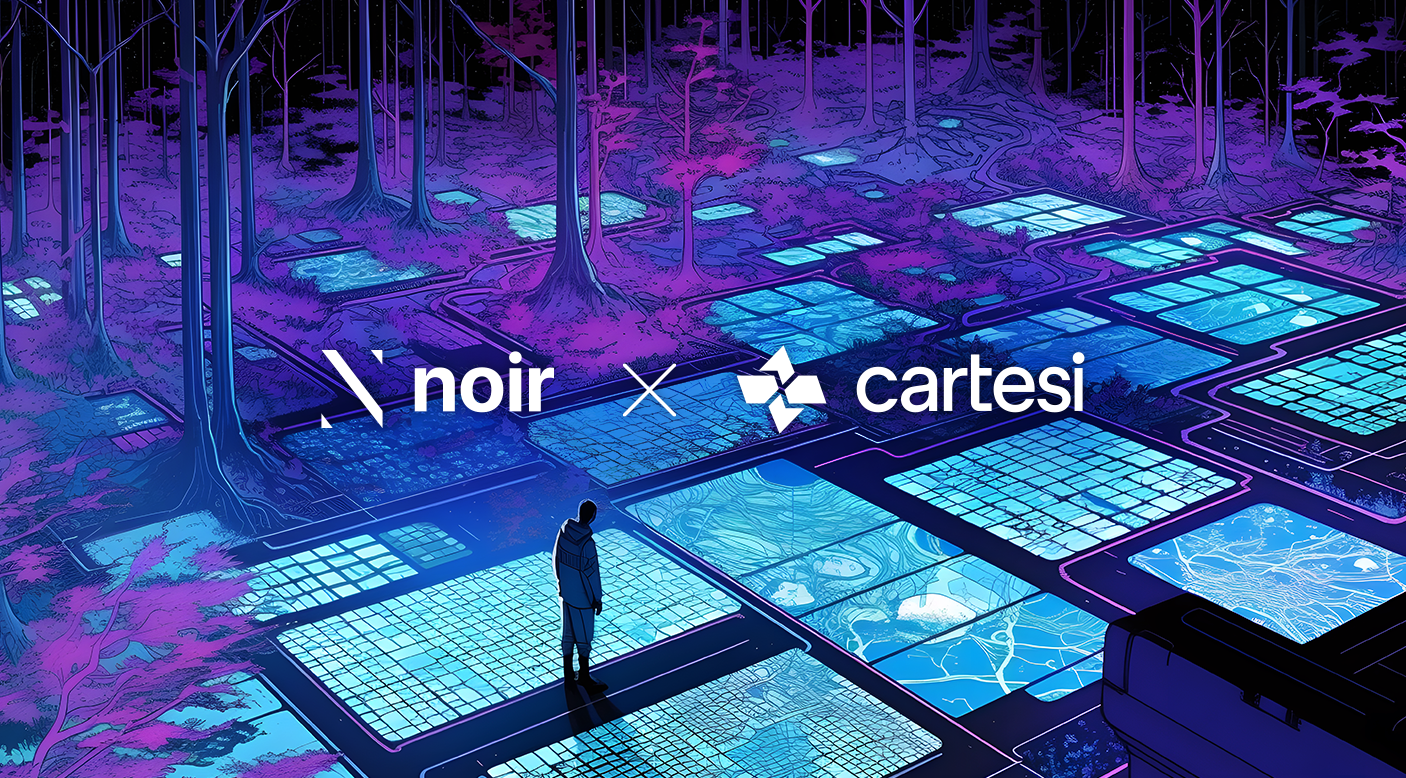Although many startups are busy building their own metaverses, there is a sense that harmonizing user experience as consumers navigate the Web3 world is key to achieving mainstream adoption.
But what does this actually mean? In essence, it advocates for an open ecosystem instead of walled gardens (and worlds): an interoperable digital landscape rather than one controlled by a single entity.
It’s Not Possible to Own the Metaverse
It should go without saying that no one platform should lay claim to the metaverse. The very idea, actually, is foolish: anyone can build a metaverse, the same way anyone can build a website. No-one really owns the internet, even if governments have been incredibly successful at censoring wrongthink over the last couple of years.
Thus, Meta may wind up having the biggest and most popular metaverse while others – including many which espouse opposition to everything Meta stands for – grow in the shadows.
The belief that the metaverse should be a broad church, and that users should be able to travel through virtual worlds freely, requires a joined-up approach: companies and platforms will have to work together to ensure free movement of avatars and NFTs across worlds. Digital identities should have a passport that entitles them to rack up air miles.
Achieving such an aim, of course, won’t be easy. As web3 investor Charles Read explained in his longread Defining the Metaverse, “There is great difficulty in getting multiple worlds to speak to each other, as many devices and software have different rulesets, such as Unity and Unreal Engine having different ways of enumerating 3D space.
"This makes interoperability between worlds very tricky at present, and a problem that few are interested in solving because it’s resource intensive and would require changing practices across several of the industry’s largest companies without clear financial motivation.”
On the face of it, this is an insuperable problem. How can you harmonize a user’s experience if every company or platform is using their own proprietary closed standards, data formats and economic paradigms? Achieving fluidity in such a chaotic landscape sounds nigh on impossible.
Interconnected Ecosystems
Perhaps the way forward lies in adopting a kind of standard framework at the infrastructure layer. Or a commitment to bridge-building that means worlds become interconnected, with users able to travel far and wide, armed with their unique digital identity, purchase history, and various in-game commodities they have accrued along the way.
Certainly we need interoperable game engines and a virtual economy layer, which will be a complex and compute-intensive multiyear endeavor. Well, no-one said building a vast network of interweaved virtual worlds would be easy!
Thankfully, progress is already being made in this area. The Metaverse Standards Forum, for example, is currently attempting to “foster the development of interoperability standards for an open and inclusive metaverse, and accelerate their development and deployment through pragmatic, action-based projects.”
There’s also the Open Metaverse Alliance (OMA), dedicated to promoting “cooperation among major stakeholders of web3 and other industries to overcome the metaverse industry’s interoperability challenges.”
For the sake of the user, let’s hope such ventures succeed.









